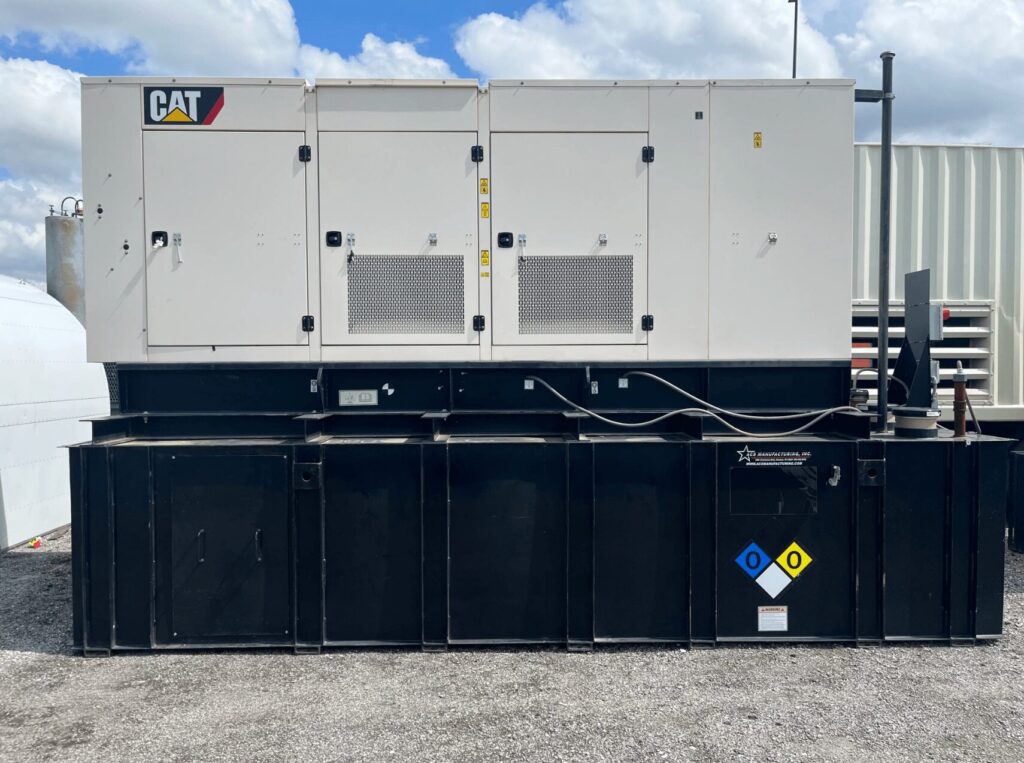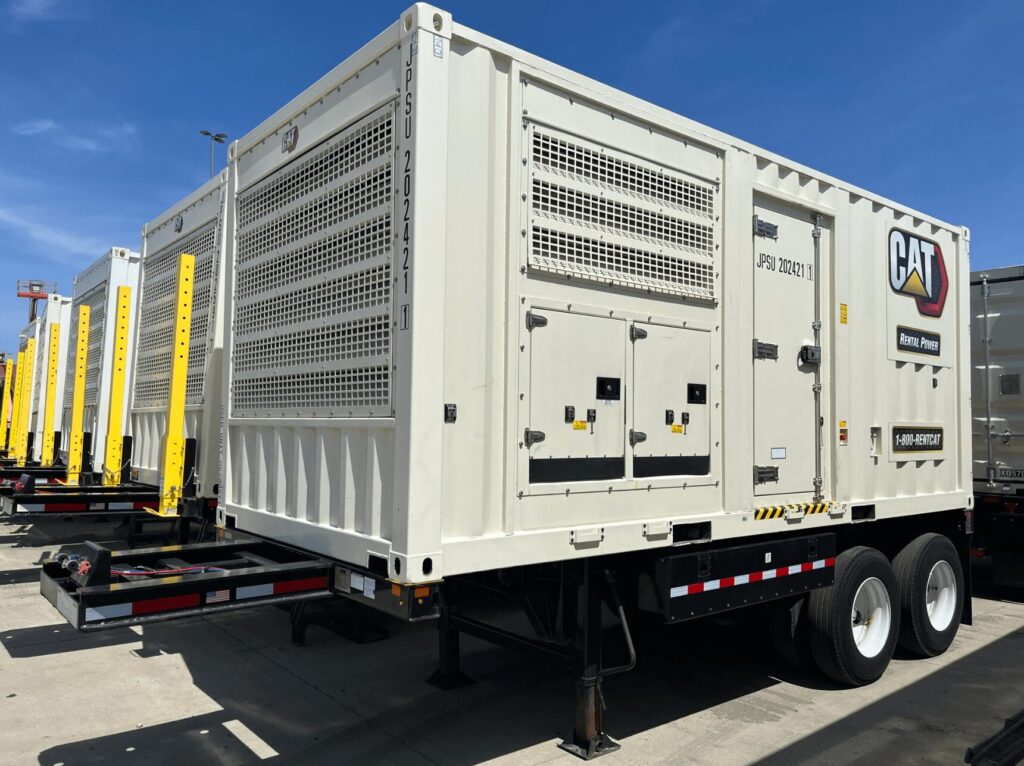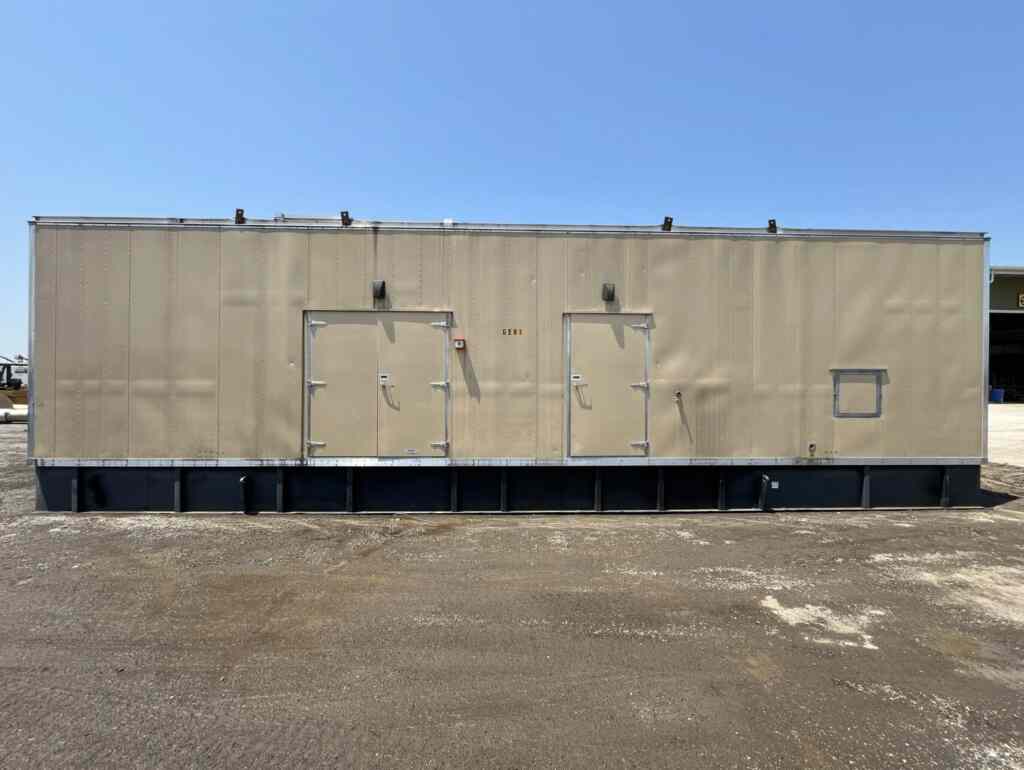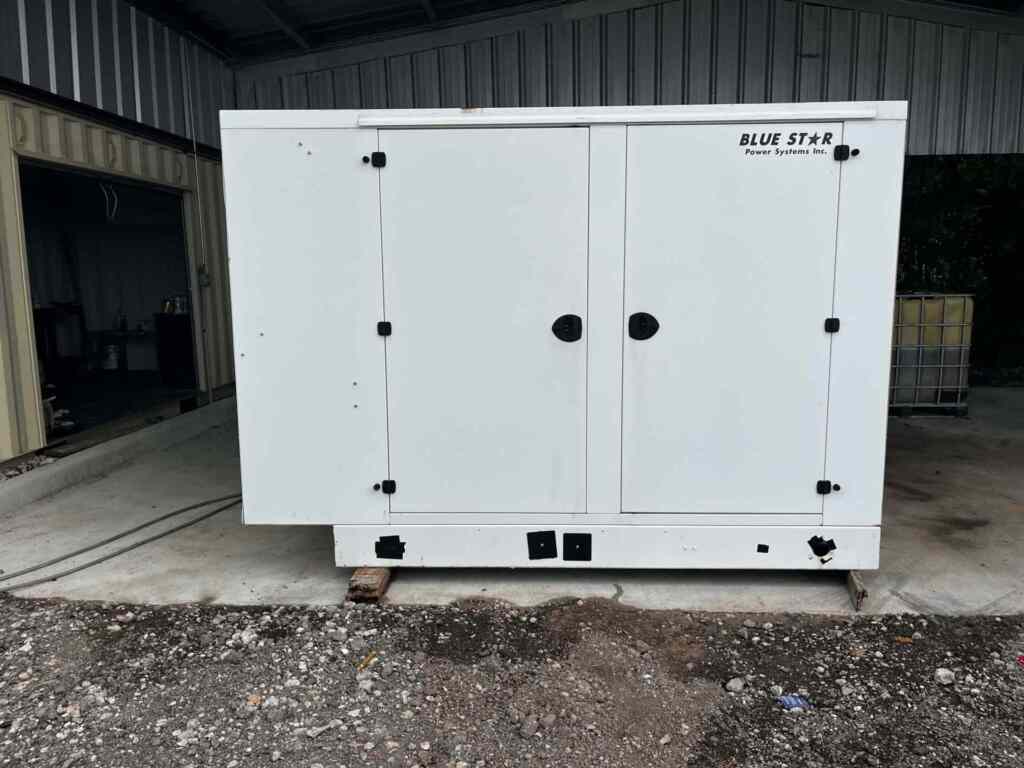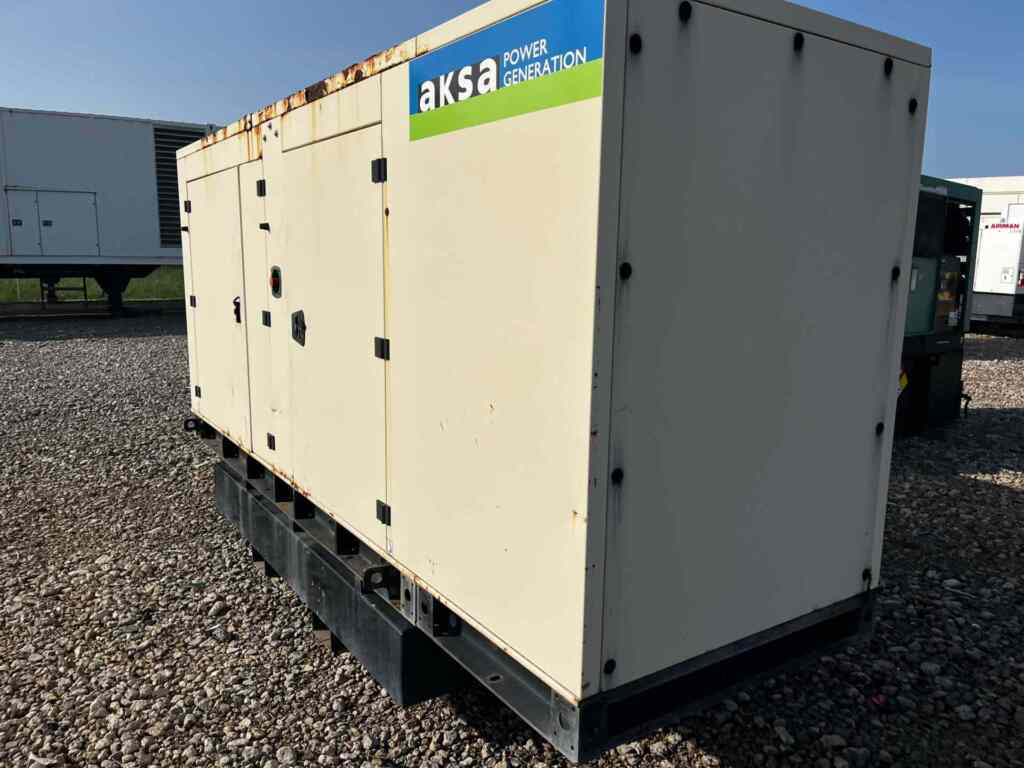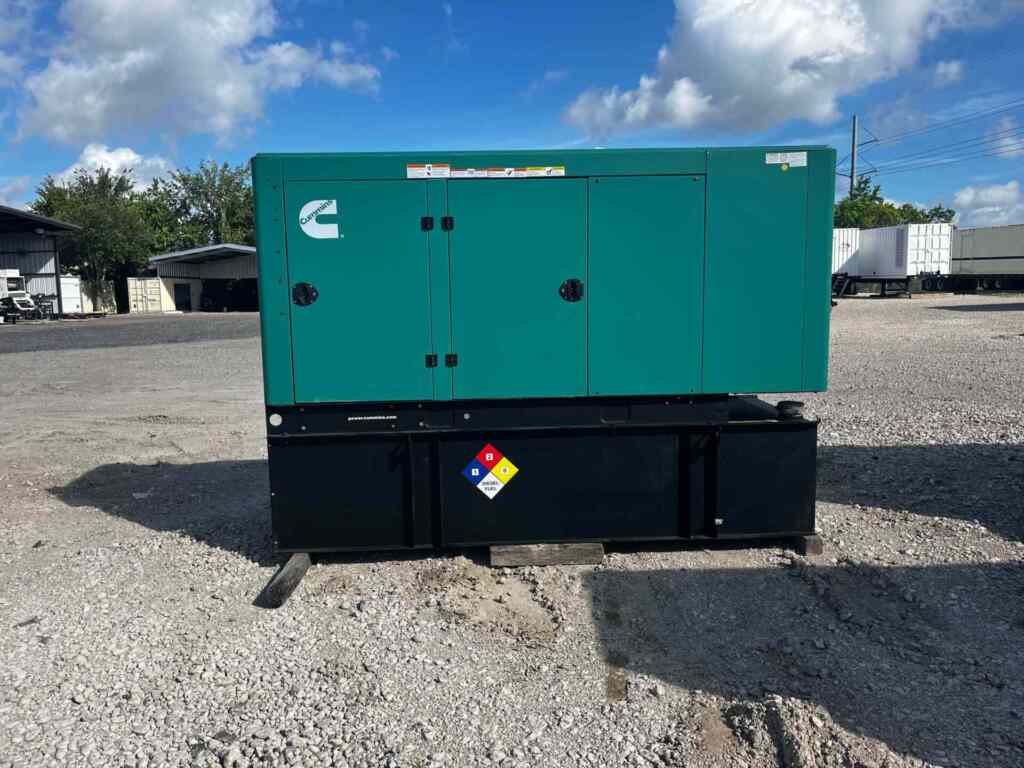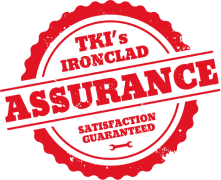Load shedding, also referred to as load management, is a strategic approach designed to optimize the performance of industrial generators. By selectively reducing or shutting down non-essential electrical loads, load shedding prevents generators from becoming overloaded, ensuring uninterrupted power supply for critical systems. This practice is essential for businesses that rely on backup power to maintain operations during outages or peak demand periods.
How Load Shedding Works
Load shedding operates through specialized modules or integrated systems that monitor the generator’s capacity and energy consumption. When the total demand approaches the generator’s maximum output, non-critical loads are automatically disconnected. These loads might include equipment such as HVAC systems, water heaters, or non-essential machinery. By reallocating power to priority systems, businesses can maintain operations without risking generator failure.
Applications of Load Shedding
Load shedding plays a critical role in ensuring operational continuity across various industries by prioritizing power for essential systems. Below are examples of how it is applied, along with real-world companies benefiting from this technology:
Manufacturing Facilities
In manufacturing, load shedding ensures critical production lines remain operational during power interruptions. For instance, Boeing, a leader in aerospace manufacturing, uses advanced load management systems to keep assembly lines powered while shedding non-essential loads like HVAC systems. This practice minimizes downtime and maintains production schedules during outages.
Data Centers
Data centers rely on load shedding to maintain server functionality and prevent disruptions to critical IT infrastructure. Equinix, a global data center provider, integrates load shedding in its backup power systems to ensure uninterrupted service for its cloud computing and data storage customers. By shedding non-critical systems like office lighting, essential IT operations are safeguarded.
Hospitals
Healthcare facilities prioritize life-saving medical equipment by utilizing load shedding to manage power distribution. The Mayo Clinic, a leading healthcare provider, employs load management to maintain power for operating rooms and intensive care units during outages, while temporarily reducing energy to administrative areas or non-essential HVAC systems.
Construction Sites
On construction sites, load shedding supports the operation of heavy machinery by managing auxiliary loads. Bechtel Corporation, a major construction and engineering firm, uses load shedding systems to allocate power efficiently to cranes and other heavy equipment while scaling back non-essential systems like temporary lighting.
Benefits of Load Shedding
Load shedding provides significant benefits for businesses using industrial generators, ensuring cost savings, operational reliability, and optimized power management. Key advantages include:
- Cost Efficiency: Eliminates the need for oversized generators by optimizing power usage. Smaller, more affordable units can handle the demand, reducing both initial investment and long-term operating costs.
- Enhanced Generator Longevity: Prevents overloading and overheating, keeping generators within their optimal performance range. This reduces wear and tear, minimizes maintenance requirements, and extends equipment lifespan.
- Operational Stability: Ensures critical systems remain functional during outages or high-demand periods. Essential operations like medical equipment, IT servers, or production lines are prioritized, preventing costly downtime or disruptions.
- Energy Optimization: Allocates power to essential systems while temporarily reducing or shutting down non-critical loads. This not only ensures efficient energy usage but also minimizes unnecessary consumption during peak demand.
Through strategic implementation, load shedding enhances generator performance, supports operational resilience, and provides businesses with a reliable approach to managing power during critical situations.
Load Shedding Technology: Modules and AC Shedding
The effectiveness of load shedding lies in its ability to prioritize power distribution, ensuring critical systems remain operational while non-essential loads are temporarily disconnected. This process is made possible through advanced technologies that seamlessly manage power loads in real time. By integrating these technologies, businesses can safeguard their operations during outages, prevent generator overloads, and optimize energy usage without compromising performance.
Two key components of these systems are load management modules and AC shedding, each offering distinct advantages tailored to specific applications.
Load Management Modules
These intelligent switches are connected to specific circuits and automatically shut them off when the generator approaches its load capacity. Designed for loads up to 50 amps, they are commonly used for managing devices like hot tubs, pool pumps, or HVAC systems. Some leading brands offer innovative solutions—Generac and Briggs provide wireless modules for seamless integration, while Kohler utilizes reliable wired connections.
AC Shedding
Tailored for HVAC systems, AC shedding interrupts signals between the thermostat and air handling units to delay or shut down operation. Unlike load modules, AC shedding has no amperage limits, making it ideal for high-demand systems such as geothermal heat pumps or large-scale HVAC installations. This flexibility ensures uninterrupted power for critical applications while managing energy usage efficiently.
Utilizing these technologies enables businesses to sustain operational stability, prevent generator overloads, and achieve efficient power distribution during critical situations.
Choosing the Right Load Shedding Solution
Implementing a load shedding system requires evaluating your business’s power needs and operational priorities. Selecting the right solution ensures continuity, cost efficiency, and equipment protection. Consider these factors when making your decision:
- The number and type of non-essential loads.
- The importance of maintaining uninterrupted power for certain systems.
- Budget considerations and the potential cost savings of using a smaller generator.
- Compatibility with existing generator and transfer switch setups.
The right load shedding solution goes beyond immediate needs, accounting for future scalability and energy demands. Partnering with experts ensures the system aligns with your infrastructure and long-term goals, maximizing efficiency while minimizing risks.
Optimizing Power Management with Turnkey Industries
Turnkey Industries provides reliable industrial generator solutions tailored to various industries, including agriculture, healthcare, construction, and telecom. With over 15 years of experience, we ensure every generator is rigorously inspected, load bank tested, and ready for immediate use.
- A wide inventory featuring diesel, natural gas, standby, and trailer-mounted generators.
- Top brands like Caterpillar, Cummins, Baldor, and Kohler to ensure performance and reliability.
- Specialized solutions for industries such as data centers, mining, oil and gas, and municipalities.
- Integration of load shedding technologies to optimize power use and prevent overloads.
- IronClad-certified generators to guarantee quality and durability.
Whether you need power for hospitals, rock-crushing operations, or municipal services, Turnkey Industries has the experience and expertise to deliver reliable solutions.
Contact us today to browse our inventory, rent or buy industrial generators. With Turnkey Industry, we promise to deliver trusted power solutions for your business.
 Turnkey Industries offers a variety of high-capacity
Turnkey Industries offers a variety of high-capacity 